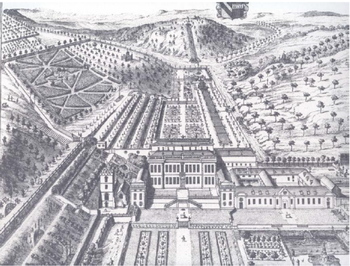Heritage Open Days Report Collection
Chloe Rushworth, Archaeology Data Service, 2020. https://doi.org/10.5284/1081458. How to cite using this DOI
Data copyright © Chloe Rushworth unless otherwise stated
This work is licensed under a Creative Commons Attribution 4.0 International License.
Primary contact
Archaeology Data Service
Dept. of Archaeology
The King's Manor
University of York
Y01 7EP
UK
Tel: +44 (0)1904 323954
Resource identifiers
- ADS Collection: 3807
- DOI:https://doi.org/10.5284/1081458
- How to cite using this DOI
Introduction

Every September, the largest history and culture festival in England takes place, with thousands of events and hundreds of venues opening their doors (for free) to celebrate their history and heritage. Although many of the 2020 events will be different to previous years due to the impacts of SARS Covid-19, the festival is still going ahead and there has been an extensive increase in virtual talks and tours.
When Heritage Open Days released the list of sites and venues taking part this year, the initiative was taken to see if the ADS had any informative documents relating to these places of interest, and how these could be made more accessible -both for academics and the general public that have an interest in Archaeology.
The work was undertaken as part of a Volunteer Placement project, during which 85 sites across England were found to have documents in the ADS archives. These sites were split up into 10 categories to aid in navigation through this collection: Abbeys and Churches, Houses and Halls, Parks and Gardens, Museums, Nature Reserves, Monuments, Mills and Factories, Miscellaneous Historic Buildings, Burials and Cemeteries and Trails.
This project is special in the sense that it is the first collection gathered and curated by the Archaeology Data Service. The aims of this project are for this collection to work as an educational tool, to both increase awareness and knowledge, and the archaeological and historical importance of the sites that are taking part in the Heritage Open Days, and to show how the archive can add to the experience of the Heritage Open Days themselves. It is hoped that this collection will be added to in future years.
Image information: Figure 3. Kip's view, c1710, looking east towards formal gardens, now parkland, beyond the house from Dyrham Park, South Gloucestershire.





